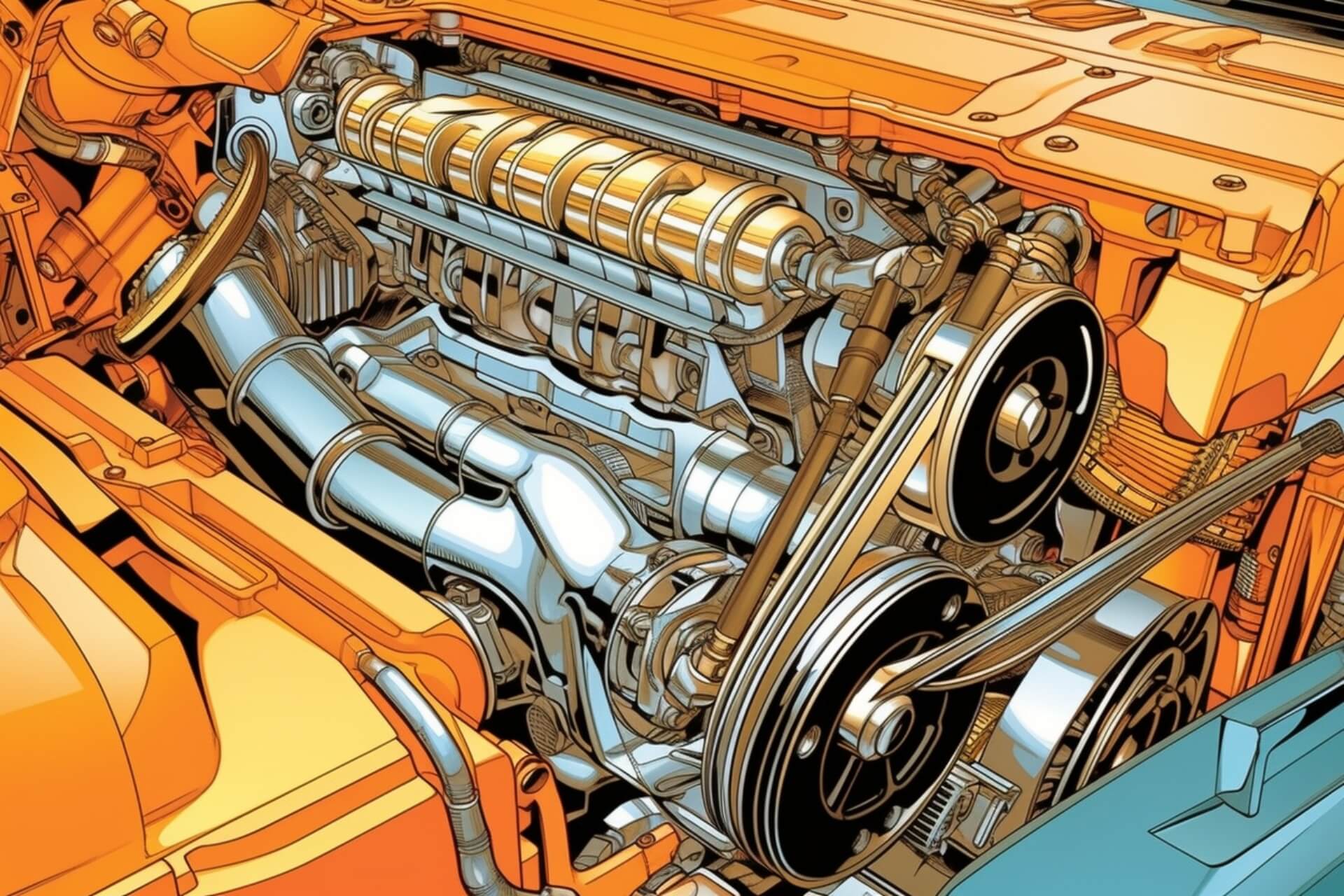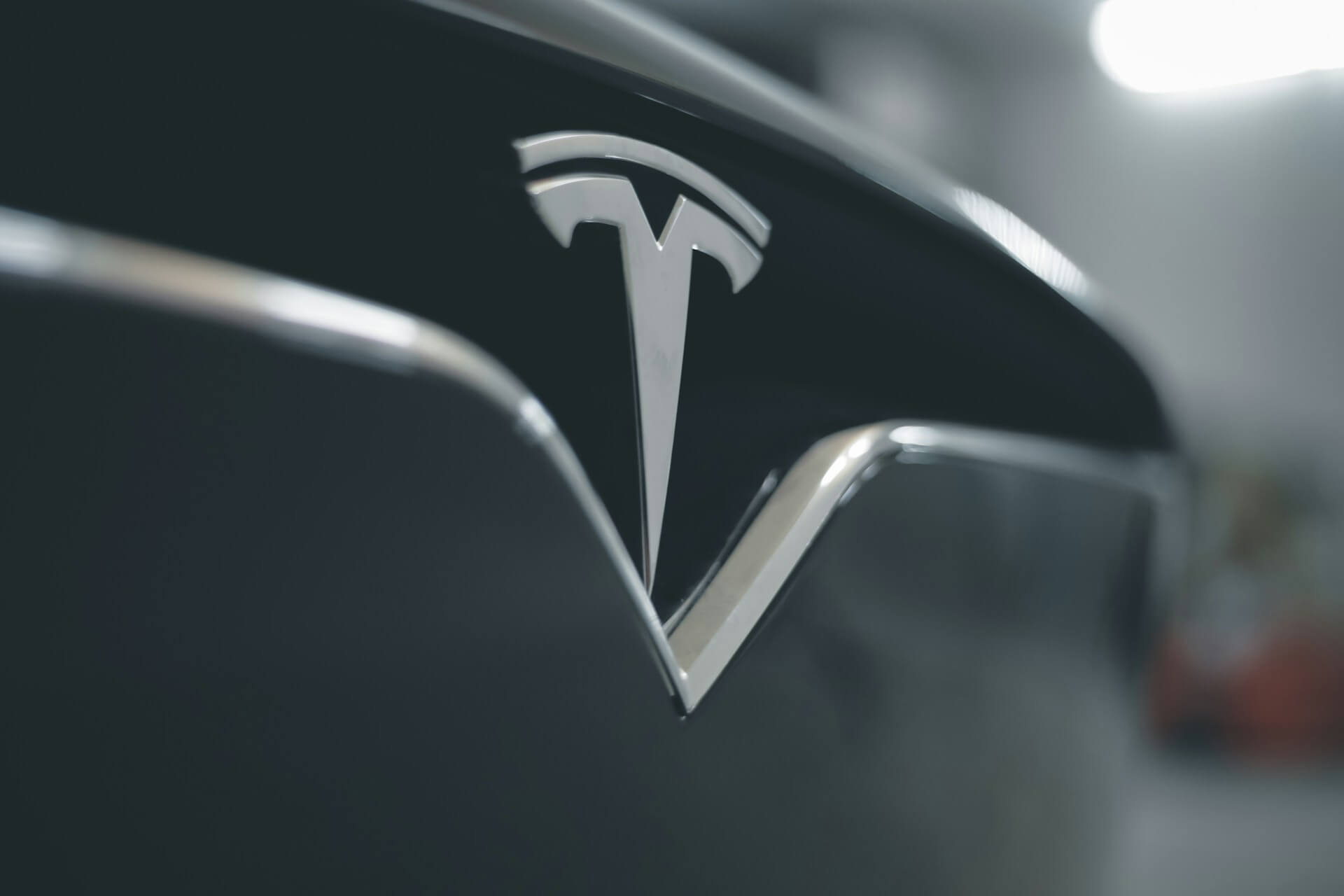
As an Amazon Associate, Modded gets commissions for purchases made through links in this post.
Before you can rev your dream car and cruise down picturesque roads, you have to understand what powers the vehicle. Car descriptions may use motors and engines interchangeably when describing a vehicle’s technical capabilities, but they’re different.
So, what’s the difference between motors and engines? A motor runs on electricity and an engine runs on combustion. Motors convert electrical energy into mechanical energy and engines transform fuel into mechanical energy. That’s the short answer.
Here’s a closer look.
How Engines Work
A combustion engine is the heart of a vehicle. Cars use a spark ignition gas engine because they rely on gasoline instead of diesel. When you turn the key in your ignition, a spark ignites the gas vapors in your gas tank and the compressed air in a temporarily sealed cylinder. The contained combustion expands inside the piston, producing energy that moves your car forward.
Compression ignition diesel engines power larger vehicles fueled by diesel. They don’t mix compressed air with fuel while a vehicle remains idle. Instead, turning the ignition pushes air into the vehicle’s cylinders and creates a pressure of 234 pounds per square inch (PSI), which is much higher than the pressure within a gas-burning car’s cylinders.
The compression heats the air high enough to burn the diesel without needing a spark. The intensified compression gives the larger diesel engines more torque to carry larger loads, so you’ll only see massive vehicles like semi-trucks filling up with diesel instead of minivans.
If the idea of cars and trucks operating on engines powered by small explosions makes you nervous, don’t worry. This form of power isn’t new. Research estimates that 380 million large vehicles and 1.2 billion small vehicles use combustion engines to burn fuel.

How Electric Motors Work
You might be surprised to learn where you can find electric motors. They’re in cars, but they’re also in things like your HVAC unit and oven. They don’t burn fuel to cause mini sparks, so they’re safer to use in more ways.
Instead of burning fuel, electric motors use magnets to operate. Imagine two magnets pulling together. The two types draw each other closer, but two of the same magnets will push each other apart. This force is key to making an electric motor operate.
When you turn the key or press the ignition in an electric motor car, it sends energy from its battery down copper wires to a stator cylinder. The stator connects to two sets of batteries that rotate the rotor. The electric current alternates between batteries, causing them to come together and push apart. As the movement begins, the rotor starts turning. The traditional gas pedal engages this activity to push the vehicle forward and the brakes slow it down.
The internal source of power sets motors apart from engines. Although they accomplish the same task, they use two mechanisms to accomplish their job. You’ll primarily find electric motors in electric cars, which are becoming more prominent as the industry grows to nearly $1.4 billion by 2028.
Comparison of Motors and Engines
People confuse motors vs. engines because they both power vehicles. Your car wouldn’t operate without one in the engine or motor mount.
It’s crucial to understand how they’re different. Engines burn fuel, whereas an electric motor uses electricity and batteries to propel cars forward. The difference changes how you can use your car and if it aligns with your lifestyle.
The average gas-burning engine vehicle can cover 22 miles per gallon of gas, which equals 264 miles for a standard 12-gallon tank in a small car. Comparatively, electric motors can make electric vehicles last 100–400 miles before the battery loses all of its stored energy.
Engines also require more maintenance. You have to schedule an appointment every two to four months with a mechanic to get services such as:
- Oil changes
- Coolant refills
- Wire checks
- Spark plug checks
- Belt replacements
Without recurring maintenance steps like these, your engine could become too hot to function or need replacing. Drivers who cover more distance will also need maintenance checks more often because the mileage wears on the engine parts.
Electric motors require much less maintenance. A mechanic trained in electric motor upkeep will check your car twice a year to perform services like:
- Visual inspections
- Removal of dirt and dust
- Seal checks
- Bolt inspections
- Infrared thermography scans
Missing maintenance appointments could also cause damage to electric motors. They may lose resistance in their windings or suffer from low voltage issues that could cause motor failure if left unaddressed long-term.
What Every Savvy Car Owner Needs to Know
Understanding how motors vs. engines work will clarify which cars are best for your buying or renting needs. Your decision could rest on things like saving money on gas, avoiding carbon gas pollution or owning a classic car with a traditional engine.
Along with the maintenance tips outlined above, savvy car owners should know that a common myth isn’t true. When electric motors became an option for passenger cars, people worried they’d lose the torque capabilities in their gas-powered engines. However, motors have more torque because there’s instant power available.
You also have the option to enjoy both forms of power. Hybrid cars use a gas-powered engine and at least one electric motor. You can fill up the car’s tank at a gas station to drive it like a traditional vehicle. However, it sometimes draws power from the motor, which recharges through regenerative braking technology. The main purpose of hybrid technology is to use a smaller engine to create compact vehicles.
If current trends continue in the predicted directions, electric car sales will surpass 50% of U.S. vehicle sales by 2030 due to more affordable battery prices, federal funding and tax incentives.
It’s also worth noting that experts estimate global oil sources will run dry by 2052 and gas will run out by 2060. If companies increase gas production when oil becomes depleted, gas-powered vehicles could run out of fuel sooner than 2060. It’s a significant reason for the push behind electric motors and the increasing sales numbers for electric cars.

Motor vs. Engine: Tell the Difference
Learning the difference between motors vs. engines might seem confusing at first, but it’s easy to remember once you learn about their power sources. A combustion engine uses external fuel and a spark, whereas an electric motor uses internal electricity and magnets to function. The varying power sources require different maintenance that car enthusiasts should consider along with where fuel sources are likely headed in the coming decades.
Stay up to date with the latest by subscribing to Modded Minute.
Author
Jack Shaw is a senior writer at Modded. Jack is an avid enthusiast for keeping up with personal health and enjoying nature. He has over five years of experience writing in the men's lifestyle niche, and has written extensively on topics of fitness, exploring the outdoors and men's interests. His writings have been featured in SportsEd TV, Love Inc., and Offroad Xtreme among many more publications.





